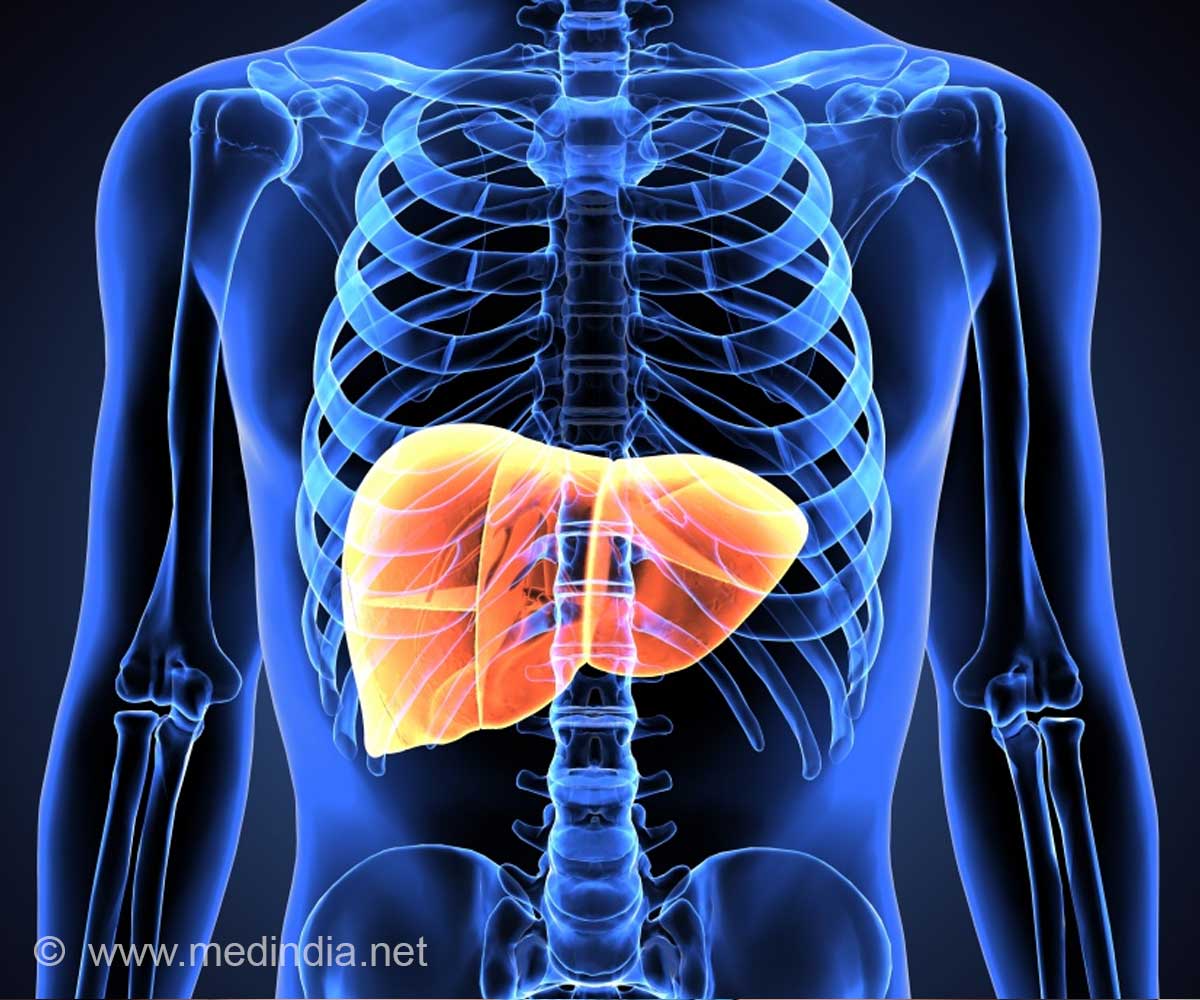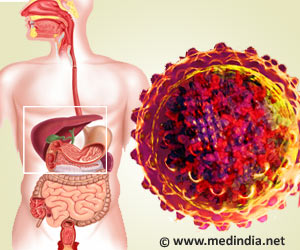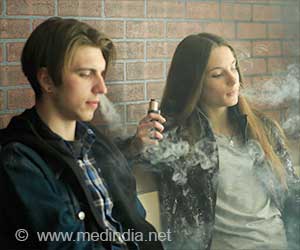Japanese researchers discover how biliverdin reductase enzyme produces bilirubin, responsible for yellow color of bile and jaundiced skin.

‘Bilirubin is produced from a chemical called biliverdin by the enzyme biliverdin reductase. The enzyme wraps around biliverdin to produce the yellow antioxidant.
’





"Previous studies used BVR from rats, and could never crystallize the enzyme well enough to determine how it binds to BV," study co-author Keiichi Fukuyama says. "We realized that the same enzyme in Synechocystis bacteria had an almost identical fold-shape, but was easier to examine by X-ray crystallography." To their surprise, the researchers found two molecules of BV - one stacked upon the other - at the active site, even though only one is converted to BR. From the X-ray data, they deduced why two were needed. The first BV, because of the direction it faces to receive the negative hydrogen, cannot accept the positive hydrogen directly from the enzyme. Instead, the second BV acts as a hydrogen conduit to enable the process, but is not itself converted to BR.
From the structure, the researchers proposed which of the enzyme's 328 amino acids actually provides the positive hydrogen atom. Then, they performed experiments in which the enzymes were mutated to specifically remove that amino acid, while leaving the others intact. The resulting enzymes, whether from bacteria, rats, or humans, were virtually unable to produce BR. Further experiments confirmed that the rat and human enzymes also used two BV molecules, just like the bacteria.
"Such neat stacking of two substrate molecules during enzymatic processes is very rare," Fukuyama says. "A better understanding of BR production is not just exciting for biochemistry, but should help us develop drugs for diseases marked by severe jaundice from excess BR, such as hepatitis."
Advertisement














